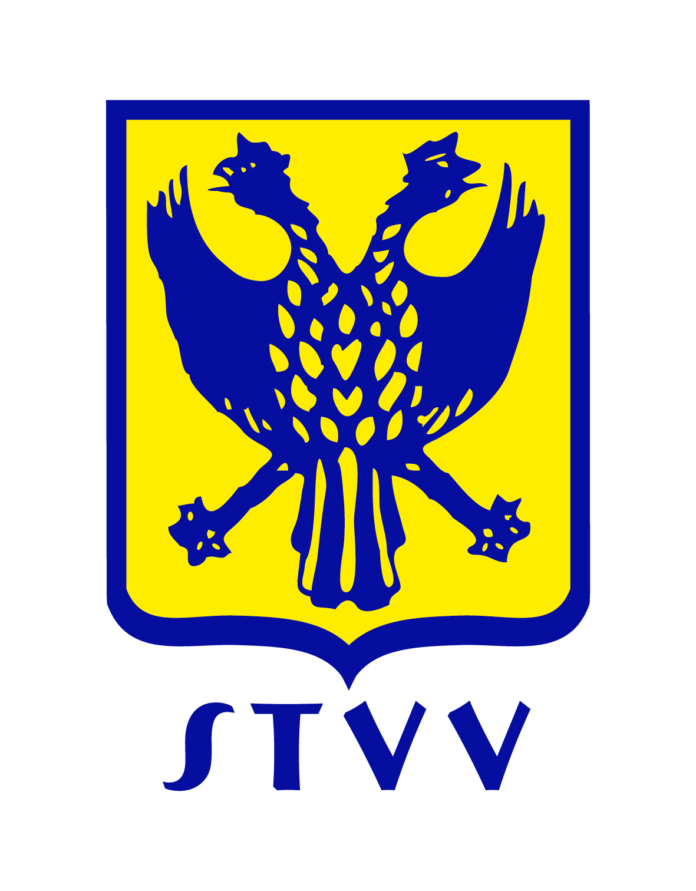Introduction: A Club Bridging Cultures
Nestled in the heart of Belgium’s Limburg region, Sint-Truidense Voetbalvereniging (STVV) may not boast the budget or prestige of Europe’s footballing giants, but its influence stretches far beyond its modest size. Known for its unique connection to Japanese football—cemented by past stars like Shinji Okazaki and an ownership link to Japan—STVV has become a quietly powerful incubator of talent.
At the core of this developmental engine is Mr. Takano, the club’s Youth Director, whose vision combines European pragmatism with Japanese discipline. In our exclusive interview, he opens up about STVV’s scouting model, cultural integration strategies, and why he views his work more as artistry than administration.
Scouting with Purpose: A Blend of Intuition and Integrity
STVV’s youth scouting process is defined by selectivity and trust. With a dedicated team of seven to eight scouts overseeing age groups from U7 to U23, the club emphasizes quality over quantity. “From U7 to U15, everything is based on scouts’ judgment,” Takano explains.
“We don’t chase numbers. We aim to identify the right kind of character early on.”
From U16 upwards, the focus shifts from technical skill to mental attributes, especially discipline—a trait Takano praises as aligning with “Japanese mentality.” Over 80% of the youth players at STVV come through the internal system, reflecting a rare level of continuity. Promises, he notes firmly, are never made lightly. “You can’t break trust—not with players, and not with their families.”
A Cultural Exchange with Japan: Strategic and Symbolic
STVV’s identity is inextricably linked to Japan, not just due to ownership, but because of a deep-rooted cultural affinity. Mr. Takano, who did his homework on the club long before joining, sees shared values in humility, structure, and respect. “Japan has a benchmark in Europe now—players like Kagawa and Okazaki showed they belong.”
While many Japanese players have succeeded in Belgium, the transition isn’t without challenges. “Culture shock, different environments, language barriers,” Takano says, “all of it makes bringing young Japanese players a risk. But it’s worth it when you see them thrive.”
Unique Among Equals: What Sets STVV Apart
STVV’s youth model is defined not by extravagant spending, but by the trust of families and a clear developmental pipeline. “We don’t spend money on players,” Takano says, noting that clubs have offered to buy STVV youth talents—like Jay David Mblanda—but STVV stood firm. “We believe in our process. Other clubs see our work, otherwise they wouldn’t offer money for our boys.”
With limited resources, STVV leans heavily on consistency and cohesion. Coaches follow a streamlined philosophy, making transitions between age groups seamless. “It’s not about the budget—it’s about football education,” Takano asserts. “That’s what separates us from others.”
A Launchpad for Bigger Stages
While STVV is focused on its own first team—a priority Takano describes as “crystal clear”—the club also embraces its role as a stepping stone. “Of course, the club expects a return on investment. But we focus 100% on preparing players for our senior squad first.”
This dedication is echoed by a community of 8 full timers, 11 part timers and nearly 60 volunteers who commit themselves to the club’s mission. Their collective effort ensures that the players understand the expectations early: development is not an individual journey, but a communal investment.
Holistic Development: Football, Intelligence, and Identity
At STVV, technical training is just one part of the equation. The coaching curriculum focuses on tactical intelligence—both on and off the ball. Principles such as support play, infiltration, pressing, and structured defending are drilled into players at every level.
“We teach football in its full context,” Takano says. “Every player should understand the team structure, the why behind decisions, and the rhythm of the game.”
The program also emphasizes personality and responsibility. “My job is like being an artist,” he adds, reflecting on the creative aspect of youth development.
Conclusion: A Quiet Revolution
With a youth system rooted in integrity, identity, and education, Sint-Truiden offers a compelling counterpoint to the money-driven academies dominating European football. Under Takano’s leadership, the club has turned limited resources into a strength—proving that belief, structure, and cultural harmony can cultivate players ready for the highest levels of the game.
STVV may not always make headlines, but the players it shapes—and the values it instills—are building blocks for football’s future, one disciplined step at a time.

